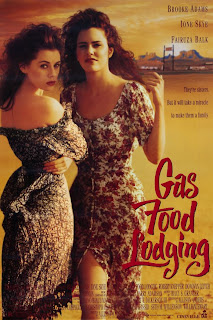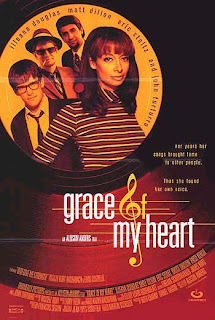 |
| Filmmaker Jane Campion |
Jane Campion was born in Wellington, New Zealand, and now lives in Sydney, New South Wales, Australia. Having graduated with a BA in Anthropology from Victoria University of Wellington in 1975, and a BA, with a painting major, at Sydney College of the Arts in 1979, she began filmmaking in the early 1980s, attending the Australian School of Film and Television. Her first short film, Peel (1982) won the Palme D’Or at the Cannes Film Festival in 1986.
 |
| Sweetie |
Explores sisters, in their twenties, their parents, and family dysfunctions. Kay is gangly and slightly askew, consulting a fortune teller and then falling in love with a man because of a mole on his face and a lock of hair; then, falling out of love when he plants a tree in their yard. Sweetie is plump, imperious, self-centered, and seriously mentally ill. The parents see none of the illness, seeing only their cute child. Kay mainly feels exasperation at her sister’s impositions. Slowly, the film exposes how the roots of Sweetie’s illness have choked Kay’s own development. Can she be released?
The first time I saw it, at the 1989 Cannes Film Festival, I didn’t know what to make of it. I doubted if I “liked” it and yet it was certainly a work of talent. There was something there. I didn’t feel much from it, though; the experience seemed primarily cerebral. Then six months later I saw “Sweetie” a second time, and suddenly there it all was, laid out in blood and passion on the screen, the emotional turmoil of a family’s life.
Watch the trailer:
 |
| The Piano |
A mute woman along with her young daughter, and her prized piano, are sent to 1850s New Zealand for an arranged marriage to a wealthy landowner, and she’s soon lusted after by a local worker on the plantation.
Like “Sweetie,” Ms. Campion’s marvelous first feature, “The Piano” is never predictable, though it is seamless. It’s the work of a major writer and director. The film has the enchanted manner of a fairy tale. Even the setting suggests a fairy tale: the New Zealand bush, with its lush and rain-soaked vegetation, is as strange as the forest in which Flora says her mother was struck dumb.
Trips through this primeval forest are full of peril. When Ada goes off to her first assignation with Baines, she appears to be as innocent as Red Riding Hood. Yet this Red Riding Hood falls head over heels in love with the wolf, who turns out to be not a sheep in wolf’s clothing, but a recklessly romantic prince with dirty fingernails.
Watch the trailer:
 |
| The Portrait of a Lady |
Isabel Archer, an American heiress and free thinker, travels to Europe to find herself.
Instead of faithfully reiterating James’s novel, Ms. Campion chooses to reimagine it as a Freudian fever dream. Fantasies intrude; prison bars or doorways or mirrors offer tacit commentary; the story’s well-bred heroine abruptly sniffs her boot or tries to hide an undergarment hanging on a door. With startling intuitiveness, Ms. Campion traces the tension between polite, guarded characters and blunt visual symbols of their inner turmoil.
 |
| In the Cut |
Following the gruesome murder of a young woman in her neighborhood, a self-determined woman living in New York City–as if to test the limits of her own safety–propels herself into an impossibly risky sexual liaison. Soon she grows increasingly wary about the motives of every man with whom she has contact–and about her own.
Ann Hornaday, writing for The Washington Post, says
These tricky sexual dynamics clearly interest Campion more than the thriller elements of “In the Cut,” in which Frannie has a tendency to walk into dark basements and get into strange men’s cars at a rate clearly disproportionate to her intelligence. The red herrings are trotted out almost by rote, with no finesse or subtlety, as are frequent outbursts of gratuitous gore. By the movie’s ludicrous conclusion, viewers will have abandoned all hope of getting the mature thriller they might have paid to see.
But if “In the Cut” fails as a thriller, it’s not such a write-off as a psychosexual portrait of a certain kind of single Manhattan woman at the turn of the new century. With its restless, jittery camera, the movie captures the jangly paranoia of a city that is often equally tantalizing and threatening; Frannie responds in kind, with her own contradictory sexual persona, which at certain times is defiantly autonomous and at others almost timidly girlish. A “Looking for Mr. Goodbar” for the post-9/11 age (the remnants of that tragedy form one of the movie’s many visual leitmotifs), “In the Cut” focuses on the darker face of the classic New York romance.
 |
| Bright Star |
Campion returned to critical acclaim with Bright Star, the story of poet John Keats’ first love and subject of his poem “Bright Star,” Fanny Brawne. The film is based on their 3-year romance.
Dana Stevens, writing for Slate, says of Bright Star
Keats proves as tough to demythologize as Marilyn Monroe: He died so young, his life was so tragic, and the small body of work he left behind is so incomparable, that any depiction of his short life is bound to be tinged with idealization.
That’s why Campion was smart to make her film less about Keats than about Fanny Brawne, the fashionable, flirtatious young woman who captivated him in the spring of 1818 and lived next door to him in Hampstead for the last two years of his life. Fanny, as played by the up-and-coming Australian actress Abbie Cornish, is a curious heroine.
Salon‘s Stephanie Zacharek says
Poetry gets a bad rap almost everywhere: In school, where many of us read it because we have to; in life, where most of us don’t read it at all; and in the movies, where it’s often quoted by the most pompous character or, worse yet, in a self-serious voice-over. Even people who like poetry well enough often fail to revisit poems they once connected with as young students.
If you’re in that last group, Jane Campion’s “Bright Star” just may be the film to reconnect you. And if you’re not, the film works on its own as an unfussy, passionate and gently erotic love story that never tips into sentimentality.
Watch the trailer:
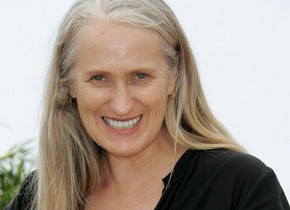
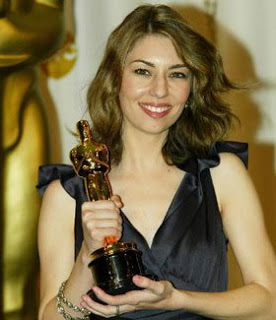








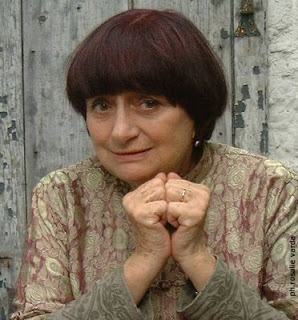

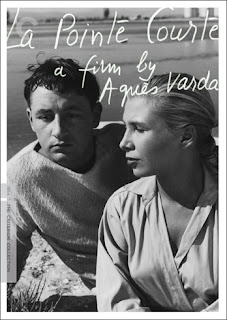



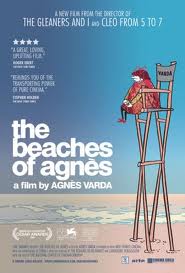
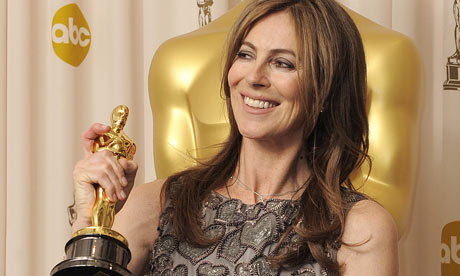

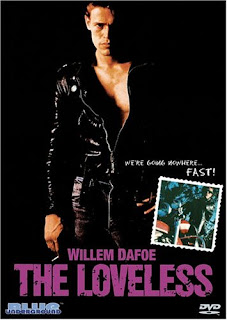
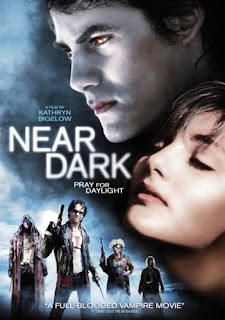
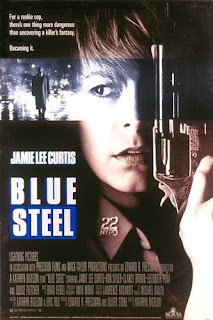
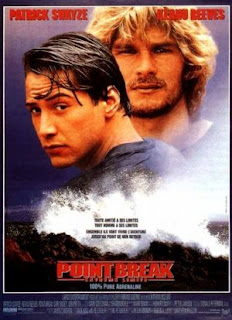

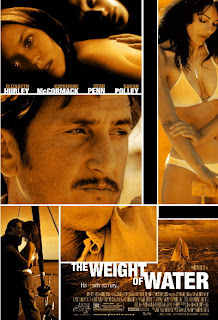
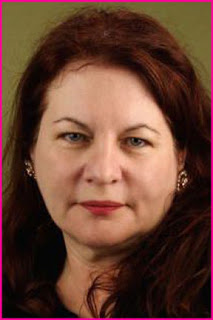

 Border Radio: 1987
Border Radio: 1987 